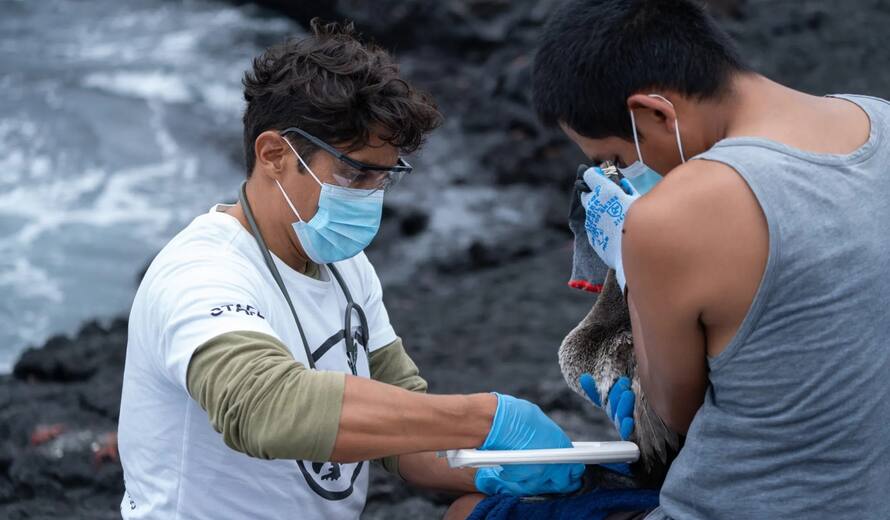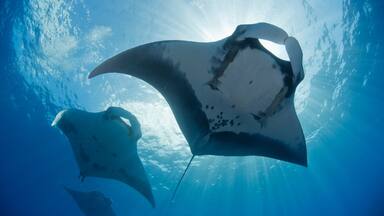UNESCO provides Avian influenza response in the Galapagos
Following the first case of Avian Influenza in the Galápagos, the Rapid Response Facility (RRF), a UNESCO World Heritage Centre and Fauna and Flora joint initiative has provided US$ 40,000 to support active surveillance of seabird populations, aiming to understand the extent and limit the spread of the potentially devastating virus.
In mid-September 2023 the first case of H5N1 Avian Influenza was detected in the Galápagos. This strain has already caused the death of thousands of birds on the South American mainland, including boobies, pelicans, frigate birds, penguins and albatross. It has also affected mammals such as otter, dolphins and sea lions. The extent of the infection within the Galápagos is currently not well understood but the virus has the potential to spread rapidly, devastating seabird and mammal populations. The continuing effects of El Niño may also exacerbate the impact of the virus as species face increased stress from temperature, weather pattern and shifts in food availability.In order to fully understand the extent of the virus, and to inform the introduction of appropriate management interventions to contain its spread, the RRF has provided US$ 40,000 to the Charles Darwin Foundation to carry out surveys of key breeding colonies of Galápagos penguin, albatross and flightless cormorant to assess the health of seabird populations and collect samples for laboratory identification of Avian Influenza. Findings will then be shared with the Galápagos National Park Directorate, to inform management interventions, such as potential tourist restrictions and appropriate quarantine measures for specific areas.
UNESCO thanks Fondation Franz Weber, Arcadia, Fondation Iris and the Government of Norway for their support to the Rapid Response Facility (RRF). With a target to decide on applications in just 8 working days, the RRF provides rapid support to natural World Heritage sites at times of crisis making it the world’s fastest conservation mechanism.
About the Galápagos Islands
Situated in the Pacific Ocean some 1,000 km from the South American continent, the Galápagos Islands have been called a unique ‘living museum and showcase of evolution’. Located at the confluence of three ocean currents, the Galápagos are a ‘melting pot’ of marine species, and provide a vital habitat for seabird populations, including flightless cormorants, albatross and frigate birds.




